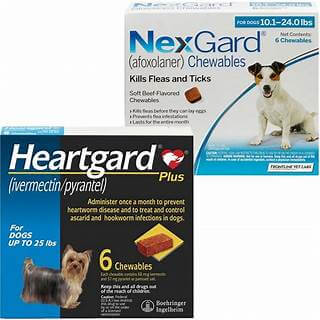
Cats are known for their soft, shiny coats and healthy skin. However, if your feline friend develops dry, flaky skin, it can leave them uncomfortable and may also signal an underlying issue. Like humans, cats can experience dryness due to various factors, including changes in diet and environmental conditions. The good news is, with proper care and attention, most cases of dry skin in cats can be managed at home or with veterinary guidance.
In this blog, we’ll cover the common causes of dry skin in cats, symptoms you should watch for, and practical steps you can take to improve your cat’s skin health.
What Causes Dry Skin in Cats?
Several factors can contribute to dry skin in cats. Identifying the root cause is the first step toward providing relief:
Weather and Low Humidity
Cold or dry weather, especially during the winter months, can cause a reduction in air moisture. Cats exposed to low humidity indoors may experience flaky, itchy skin.
Diet and Nutrition Deficiency
A lack of essential fatty acids, particularly omega-3s and omega-6s, can affect the skin barrier, leading to dryness. Poor-quality diets or sudden dietary changes may also contribute to this condition.
Allergies
Cats can be allergic to various substances, including food ingredients, dust, pollen, and even household cleaning products. Allergic reactions often cause inflammation and itchiness, which worsens dryness.
Parasites and Fleas
Even one flea bite can trigger irritation and scratching in sensitive cats. Constant itching can cause the skin to become dry and flaky, potentially damaging it.
Underlying Health Conditions
Disorders such as hyperthyroidism, diabetes, or skin infections may show up as dryness or poor coat health.
Poor Grooming Habits
Older or overweight cats sometimes struggle with grooming. Lack of grooming leads to oil buildup and flaky patches across the coat.
Signs of Dry Skin in Cats
It’s not always easy to determine when your cat is experiencing dry skin. Here are some key signs:
- Flaky or dandruff-like skin visible on the coat
- Increased scratching or licking
- Rough, dull, or brittle fur
- Small scabs or redness
- Sensitivity when touched in certain areas
If your cat’s skin looks unusually red, sore, or accompanied by hair loss, it may require immediate veterinary attention.
How to Help Your Cat’s Dry Skin
Once you identify the potential cause, you can begin making adjustments to help your cat feel more comfortable.
1. Improve Nutrition
- Select a balanced, high-quality diet that promotes healthy skin and coat.
- Foods rich in omega-3 fatty acids (like salmon oil) or supplements recommended by your vet can help restore moisture.
- Ensure your cat stays hydrated by providing fresh, clean water at all times.
2. Manage Allergies
- If food allergies are suspected, your vet may suggest an elimination diet to identify the trigger.
- For environmental allergies, keep your home clean, reduce dust buildup, and avoid using harsh cleaning products around your pet.
3. Maintain Proper Grooming
- Brush your cat regularly to remove loose fur and spread natural oils.
- For long-haired cats, brushing prevents tangles that can trap dirt and irritate the skin.
4. Control Fleas and Parasites
- Use flea prevention treatments year-round, even if your cat stays indoors.
- Check with your vet before starting any parasite control product to ensure it’s safe for your cat’s age and health.
5. Use Humidifiers in Dry Weather
- If your home has low humidity, especially during winter, adding a humidifier can help restore moisture to the air and prevent skin dryness.
6. Gentle Bathing (When Needed)
- Cats generally don’t require frequent baths, but if recommended, use a vet-approved moisturizing shampoo.
- Avoid harsh or human shampoos, as these can strip natural oils.
When to See the Vet
Sometimes, dry skin is a minor issue, but it can also be a symptom of a more serious underlying condition. Contact your vet if you notice:
- Persistent itching and scratching
- Open sores or wounds
- Hair loss in patches
- Signs of pain or behavioral changes
- Dry skin that doesn’t improve after basic home care
Your vet may recommend tests such as skin scrapings, blood work, or allergy testing to rule out medical causes.
Preventing Dry Skin in Cats
Prevention is always better than treatment. A few simple steps can go a long way in keeping your cat’s skin healthy:
- Provide a nutritionally balanced diet with essential fatty acids.
- Keep your cat on a regular flea and parasite prevention plan.
- Use gentle, pet-safe cleaning products in your home.
- Ensure that your cat maintains a healthy weight to make grooming easier.
- Schedule regular veterinary checkups to catch any problems early.
Final Thoughts
Dry skin in cats can be uncomfortable for your furry companion, but with proper care, it’s usually manageable. From improving diet and hydration to controlling parasites and adjusting the environment, small changes can make a big difference. If your cat’s dry skin persists, always consult your vet to rule out underlying health issues.
By staying proactive about your cat’s skin and coat health, you’re ensuring they remain happy, comfortable, and full of life.






